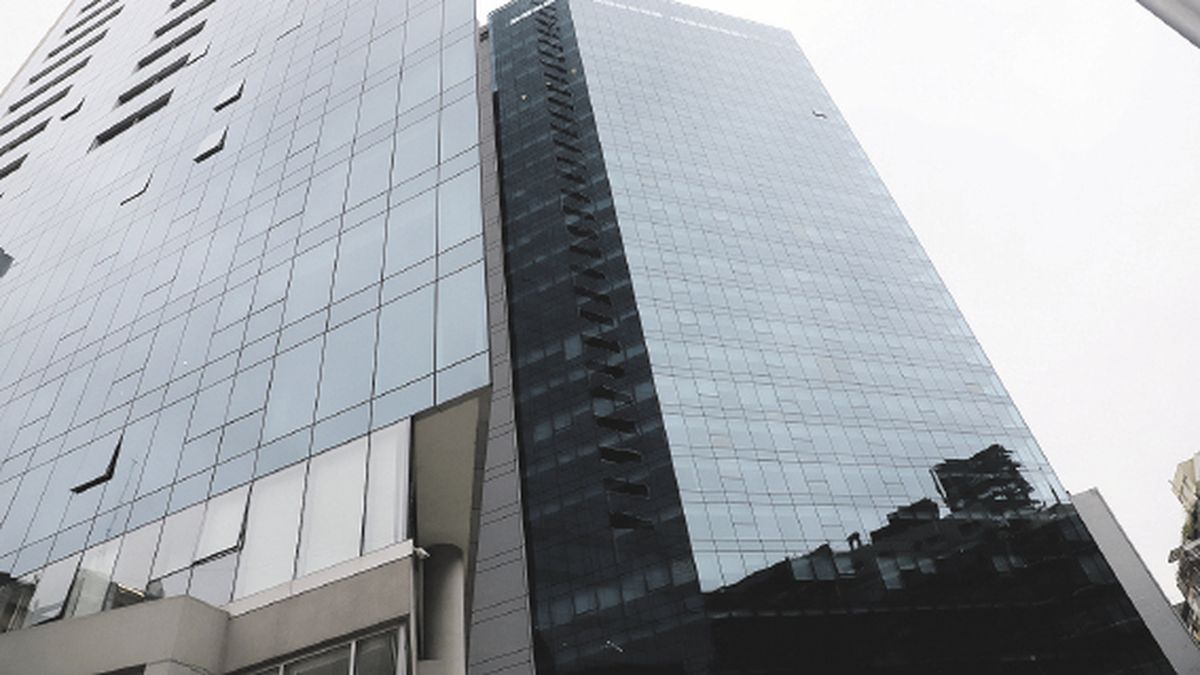Hybrid work and rising construction costs are reshaping the office market.
The market of offices class A in Buenos Aires is going through a critical moment, marked by the absence of new projects on the horizon and the challenge of reinvention for existing buildings.
The content you want to access is exclusive to subscribers.
According to the latest market report offices of Newmark Argentina, the delivery of a single premium project in Palermo, which added 42,000 profitable m² to the inventory during the fourth quarter of 2024, raised the vacancy rate to 18.8%. This figure reflects a strong concentration in modern spaces, but also the lack of new initiatives that could boost the market in the short term.
Despite the high vacancy, the report reveals that demand continues to focus on quality, with a positive net absorption of 5,544 m² and an increase in the average requested rental value, which reached US$3.7 per square meter per month. . However, the dearth of future developments poses a long-term challenge: existing buildings will need to be adapted and modernized to remain competitive.
Reinvention as the key to success
With only three projects under construction totaling 106,334 m², the market’s capacity to generate new high-quality spaces is reduced. This places existing buildings at the center of market expectations. “The only way to stay competitive is reinvention. Buildings must adapt to the new demands of companies and transform into spaces that promote productivity,” the report states. This adaptation becomes an urgent need to not be left behind in an environment where innovation and flexibility are essential.
Demand and supply in the market
In the last quarter of 2024, the market offices class A recorded a net absorption of 5,544 m², with Palermo standing out as the most dynamic submarket, concentrating most of the activity with 3,000 m² rented. However, the general behavior of the market shows moderate demand, with several submarkets facing difficulties in attracting new occupiers.
Total market vacancy reached 352,247 m², which represents an increase of 1.9 percentage points compared to the previous quarter. Palermo, with a vacancy of 69.74%, leads this trend, driven by the recent addition of a 42,000 m² building.
The outlook for 2025 does not seem optimistic in terms of the incorporation of new spaces, since only 106,334 m² are expected to be available by the end of 2024, with no new developments in sight. For next year, the arrival of more than 60,000 m² of officesalthough the majority of these spaces (at least 20,000 m²) will be delivered pre-occupied, which could partially alleviate the pressure on vacancy.
The report also highlights that, despite high inflation, signs of a slowdown have been observed towards the end of 2024, raising expectations of a moderate recovery in the medium term. However, consumption continues to be affected by the loss of purchasing power. In terms of economic activity, sectors such as construction and manufacturing continue to face challenges due to high costs and currency restrictions.
Source: Ambito




